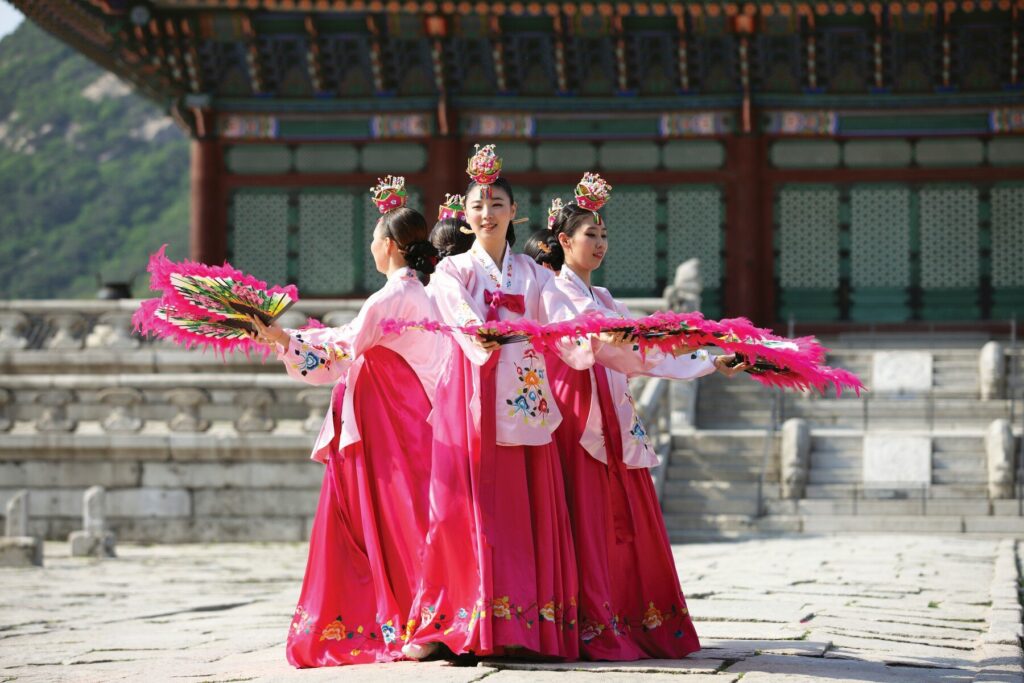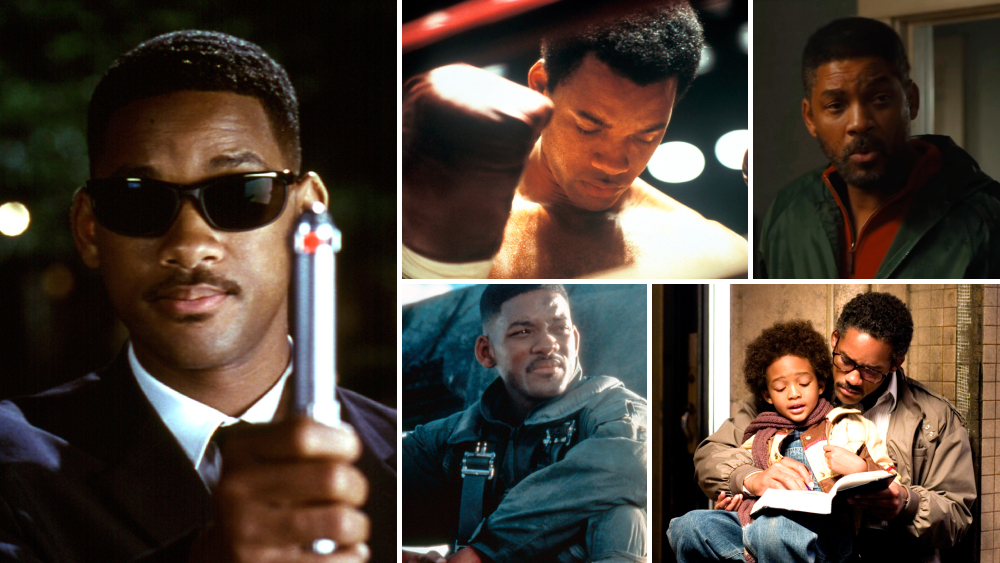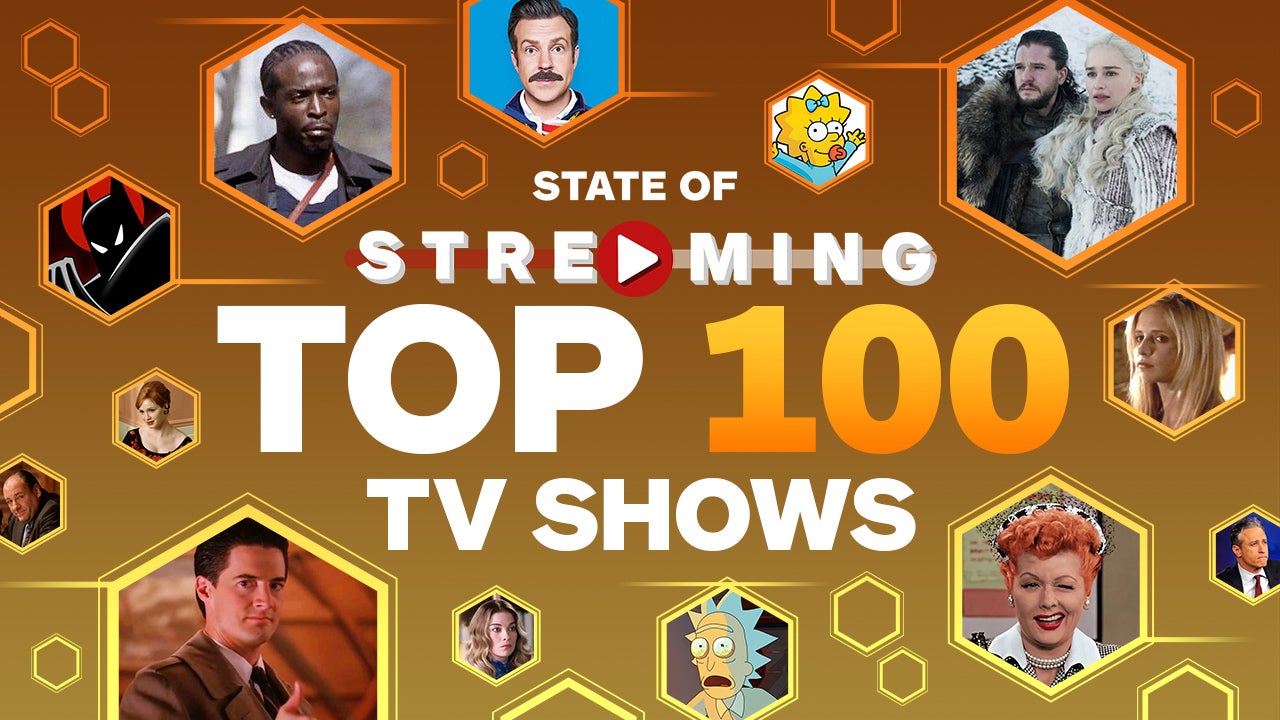As we continue to advance in an increasingly digital world, it is no surprise that technology has also made its way into the realm of performing arts. From theatre productions to dance performances, technology has become an integral part of enhancing and elevating the traditional art forms. This fusion of tradition and modernity has not only opened up new possibilities for artistic expression but has also transformed the experience for both performers and audiences.
Exploring technology’s impact on performing arts: bridging tradition and modernity, enhancing interactivity, accessibility, and future collaborations. So, let’s dive into the world of tech-enhanced performances and see how it has revolutionized the stage.
Table of Contents
ToggleBridging the Gap: The Fusion of Tradition and Modernity

One might think that the incorporation of technology into performing arts would take away from the authenticity and essence of traditional art forms. However, the reality is quite the opposite. With the right balance and execution, technology has been able to enhance and enrich the traditional aspects of performing arts.
Performing Arts – Blending Visuals and Music in Theatre Productions

In theatre, technology has allowed for a seamless integration of visuals and music into the performance. Technology elevates traditional plays, like “The Lion King,” using projection mapping and animatronics for immersive, visually stunning experiences.
Motion capture allows dancers to blend traditional and modern movements, surpassing limitations for more creative, realistic performances.
Performing Arts – Reviving Traditional Art Forms
Technology has also played a role in reviving and preserving traditional art forms that were on the brink of extinction. The Korean musical “Nanta” is a prime example of this. It incorporates traditional Korean percussion music, known as samulnori, into a modern comedic performance. This combination not only brings new life to the traditional art form but also introduces it to a wider audience.
In India, the folk dance form of Kathakali has also been given a modern twist with the use of technology. Projection mapping and digital effects revive Indian mythology, attracting younger audiences and renewing interest in ancient art forms.
Performing Arts – Interactive Experiences: Engaging Audiences in New Ways

One of the most significant impacts of technology on performing arts is the creation of interactive experiences for the audience. Instead of simply watching a performance unfold, audiences are now able to actively participate and engage with the performers in new and exciting ways.
Performing Arts – Virtual Reality and Augmented Reality
Virtual reality (VR) and augmented reality (AR) have become popular tools in enhancing the audience experience.VR immerses viewers in a digital world, while AR combines virtual elements with reality. Dance performances use this technology to offer different perspectives, and theatre productions allow audiences to interact with 3D characters and objects on stage.
One notable example of this is the production of “Tree” by Idris Elba and Kwame Kwei-Armah, which used VR headsets to transport the audience into the heart of London where the play takes place. The use of technology not only enhanced the storytelling but also created a more engaging experience for the audience.
Live Streaming and Social Media
Live streaming has also become a popular way to engage audiences who are unable to attend a live performance. Social media live streams make performances globally accessible, enabling real-time experiences for audiences everywhere.
The Royal Shakespeare Company has been at the forefront of using live streaming to engage audiences. Streaming productions with post-show Q&A sessions creates a more interactive experience for viewers on social media
Beyond the Stage: The Impact of Technology on Accessibility and Outreach

Technology has also had a significant impact on accessibility and outreach in the world of performing arts. It has broken down barriers and made performances more accessible to a wider audience.
Improving Accessibility for People with Disabilities
Performing arts have traditionally been limited to those who are physically able to attend a live performance. However, with the use of technology, this barrier is being broken down. Closed captioning, audio descriptions, and sign language interpretation can now be incorporated into performances, making them accessible to those with hearing or visual impairments.
Similarly, virtual and augmented reality have allowed for a more inclusive experience for people with mobility issues. They can now experience performances from the comfort of their own homes, providing equal access to the arts.
Reaching New Audiences through Digital Platforms
Technology has also opened up new avenues for outreach in performing arts. With the rise of digital platforms, artists and companies can reach a global audience without the constraints of physical limitations. Online streaming, social media, and other digital platforms have allowed for performances to be shared with people all around the world, expanding the reach and impact of the arts.
The Future of Performing Arts: A Technological Evolution

The fusion of technology and performing arts has only just begun, and the possibilities for the future are endless. As technology continues to advance, so too will its impact on the world of live performances.
Virtual Reality and 360-Degree Performances
Virtual reality and 360-degree performances have already made a mark in the world of performing arts, but we can expect to see even more advancements in this area. Imagine being able to experience a performance from multiple perspectives, switching between different characters and scenes at your own leisure. This would provide a completely immersive and interactive experience for the audience.
Artificial Intelligence
AI in performing arts can create personalized experiences and dynamic, adaptive stage sets that respond to performers’ movements.
Holographic Technology
Concerts have used holographic technology to bring deceased artists like Tupac Shakur and Michael Jackson back on stage. In the future, this technology could enable fully holographic performances, eliminating the need for physical stages and sets. This would allow for more creative and elaborate performances, pushing the boundaries of what is possible on stage.
Creative Collaboration: Artists and Technologists Working Together

One of the most exciting aspects of the integration of technology in performing arts is the collaboration between artists and technologists. By bringing together the creativity of artists and the technical expertise of technologists, we have seen groundbreaking and innovative performances.
One example of this is the collaboration between Cirque du Soleil and Intel, where they used drones to execute a stunning aerial ballet performance. This collaboration not only pushed the boundaries of technology but also allowed for new and creative possibilities in storytelling and performance.
Conclusion
Technology has undoubtedly had a significant impact on the world of performing arts. It has enhanced traditional art forms, created interactive experiences for audiences, improved accessibility, and opened up new avenues for collaboration and outreach. As we continue to evolve and advance technologically, we can expect to see even more exciting developments in the realm of tech-enhanced performances. The fusion of tradition and modernity has brought a new dimension to live performances, creating a unique and captivating experience for all.








